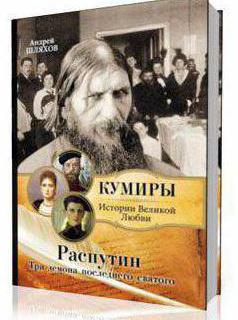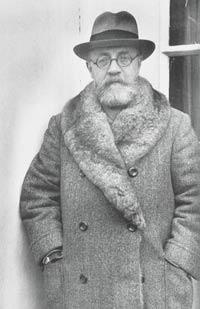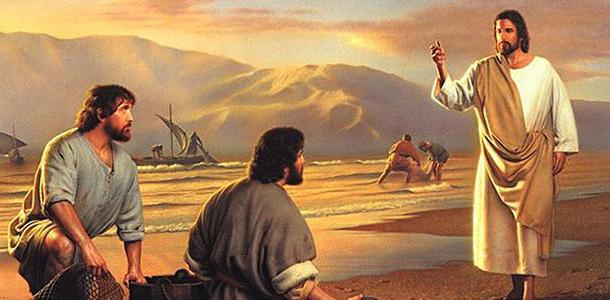This name is well-known in Russia and abroad.Andrei Rublev. The icons and frescoes, created by the master about six centuries ago, are a real gem of Russian art and still care about the aesthetic feelings of people.
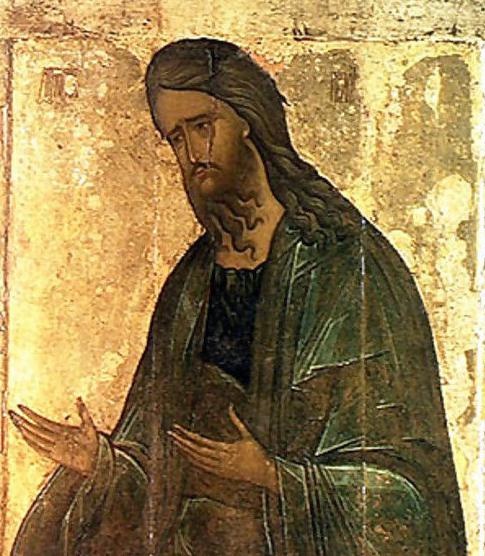
First information
Where and when Andrei Rublev was born is unknown.There are suggestions that this happened around 1360-70, in the Moscow principality, or in Veliky Novgorod. Information about when the master began to paint the faces of the Saints is contained in medieval historical documents. From the “Trinity Chronicle” found in Moscow, it is known that, being a cherk (monk), Rublev painted Feofan the Greek and Prokhor Gorodetsky together with the home church of Prince Vladimir Dmitrievich, the son of Dmitry Donskoy.
Iconostasis of the Vladimir Cathedral
A few years later, according to the sameThe Trinity Chronicle, in collaboration with the famous icon painter Daniil Cherny, restored the Vladimir Assumption Cathedral after the invasion of the Mongol-Tatars, namely Andrei Rublev. The icons that made up a single ensemble with frescoes have survived to this day. However, in the magnificent epoch of Catherine the Second, the old iconostasis turned out to be inconsistent with the current fashion, and it was transferred from the cathedral to the village of Vasilyevskoye (now in the Ivanovo region). In the 20th century, these icons were restored, some of them were included in the collection of the State Russian Museum in St. Petersburg, another part was placed in the State Tretyakov Gallery in Moscow.

Deesis
Центральную часть Владимирского иконостаса, which consists of icons painted by Andrei Rublev, is occupied by the Deesis (“prayer” translated from Greek). His main idea is God's judgment, which in the Orthodox community is called the Terrible. More precisely, this is the idea of the ardent intercession of the saints before Christ for the whole human race. The image is imbued with a high spirit of love and mercy, nobility and moral beauty. In the center on the throne is Jesus with the open Gospel in his hands. The figure is inscribed in a scarlet rhombus, this color symbolizes regality and at the same time sacrifice. A rhombus is placed in a green-blue oval, personifying the union of the human with the Divine. This composition is in a red square, each corner of which reminds of the four Evangelists — Matthew, Mark, Luke, and John. Soft shades are harmoniously combined with slender clarity of lines.
Features in the image of the faces of the Saints
Что же нового внес в образ Спасителя Андрей Ruble? Icons depicting the Lord existed in Byzantine culture, but the amazing combination of stately solemnity with extraordinary gentleness and tenderness makes the master's creations unsurpassed and unique. The image of Rublevsky Christ clearly shows the ideas of the Russian people about justice. The fervent hopes of judgment — fair and just — are filled with the faces of saints praying before Jesus. The face of the Virgin is filled with prayer and sorrow, and in the image of the Forerunner an inexpressible grief is read for the entire lost human race. The Apostles John Chrysostom and Gregory the Great, Andrew the First-Called and John the Theologian pray unforgettably to the Savior. The archangels Gabriel and Michael are depicted here as worshiping angels, their images are full of heavenly solemn beauty, talking about the wonderful world of heaven.

"Savior" by Andrei Rublev
Among the iconographic images of the master there are several masterpieces, which are said to be the icon of the Savior.
Andrei Rublev occupied the image of Jesus Christ, andIndeed, such great works as “The Savior of the Almighty”, “The Savior of the Hands”, “The Savior of the Golden Powers”, “The Savior of the Powers” were created by the hand of the great painter. Underlining the extraordinary spiritual gentleness of the Lord, Rublev guessed the main component of the Russian national ideal. It is no coincidence that the color range is shining with a gentle warm light. This went against the Byzantine tradition, in which the face of the Savior was painted with contrasting strokes, contrasting the green and brown colors of the background with strongly highlighted lines of facial features.
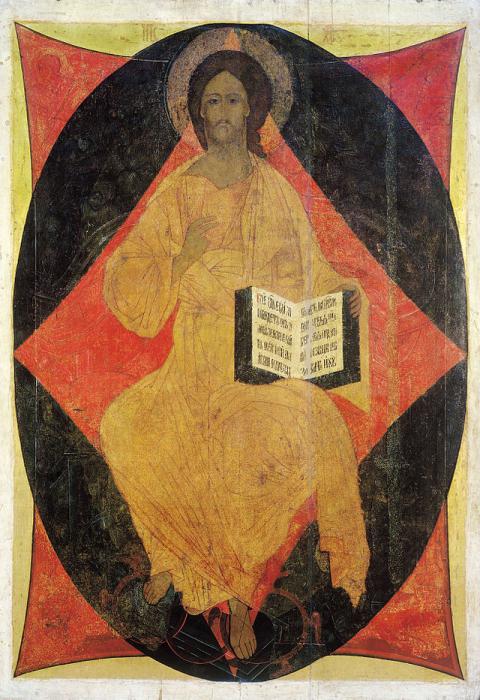
If you compare the face of Christ, created by the ByzantineMaster Theophanes the Greek, who was, according to some testimonies, a teacher of Rublev, with images written by a student, we see a clear difference in the manner. Ruble puts the paint smoothly, preferring the contrast of soft transitions of light into the shadow. The lower layers of paint transparently shine through the upper, as if from the inside of the icon flows a quiet joyful light. That is why his iconography can certainly be called luminiferous.

"Trinity"
Or, as it is styled, the icon of the "Holy Trinity" AndrewRublev is one of the greatest creations of the Russian Renaissance. It is based on the most famous biblical story about how the righteous Abraham visited the Triune God in the guise of three angels.
The creation of the Trinity icon by Andrei Rublev goes back to the history of the painting of the Trinity Cathedral. It was placed to the right of the Royal Doors in the lower, as expected, row of the iconostasis.
The Mystery of the "Holy Trinity"
The composition of the icon is constructed so that the figuresangels form a symbolic circle - the sign of eternity. They are seated around a table with a cup in which lies the head of the sacrificial calf, the symbol of redemption. The central and left angels bless the cup.
Позади ангелов мы видим дом Авраама, дуб, под to which he received his Guests, and the peak of Mount Moriah, which Abraham ascended to sacrifice his son Isaac. There, later, in the time of Solomon, the first temple was erected.
It is traditionally considered that the figure of the average angeldepicts Jesus Christ, his right hand with folded fingers symbolizes unconditional obedience to the will of the Father. The angel on the left is the figure of the Father blessing the cup that the Son is to drink in atonement for the sins of all mankind. The right angel portrays the Holy Spirit, overshadowing the consent of the Father and the Son and comforting One who will soon sacrifice himself. So I saw the Holy Trinity Andrei Rublev. His icons in general are always full of high symbolic sound, but in this it is especially penetrating.

There are, however, researchers who are differentinterpret the compositional distribution of the faces of the Holy Trinity. They say that God the Father sits in the middle, behind which is depicted the Tree of Life - the symbol of the source and end. We read about this tree on the first pages of the Bible (it grows in the Garden of Eden) and on its last pages when we see it in the New Jerusalem. The Left Angel is located against the background of the building, which can signify the Dispensation of Christ - His Ecumenical Church. We see the Right Angels against the backdrop of a mountain: it was on the mountain that the Holy Spirit descended on the apostles after the Ascension of Christ.
Color plays a special role in the space of the icon.Noble gold shines in it, gentle ocher, greens, azure-blue and soft-pink shades are poured. Sliding color transitions are in harmony with the smooth tilts of the head, the movements of the hands of the seated Angels. In the faces of the three hypostases of the Divine lies unearthly sadness and at the same time - peace.
Finally
The icons of Andrei Rublev are mysterious and meaningful.Photos on which there are images of the Divine give us an incomprehensible feeling of confidence that the meaning of the Universe and every human life is in loving and reliable hands.



